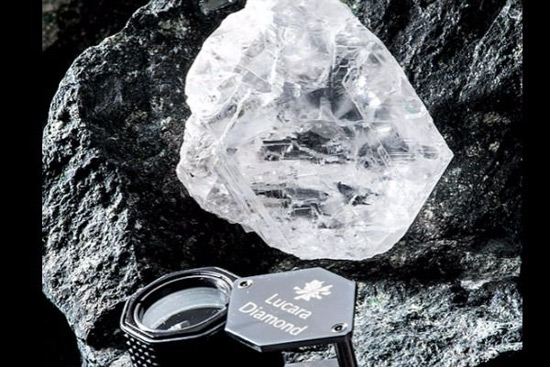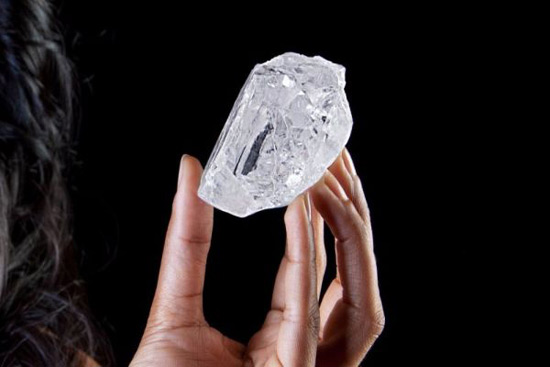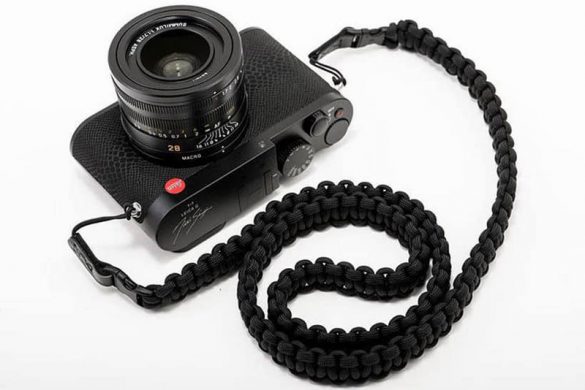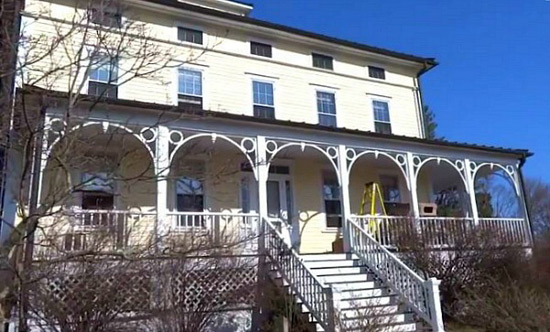When the largest rough diamond in more than a hundred years comes up for auction at Sotheby’s London on 29 June, it will be the only lot on offer – and for good reason. Lesedi La Rona, which means “our light” in Botswana’s Tswana language, is a colourless/white, type IIa diamond which weighs 1,111 carats (222.2 g; 7.84 oz) and measures 65 mm × 56 mm × 40 mm (2.6 in × 2.2 in × 1.6 in) which is roughly the size of a tennis ball.
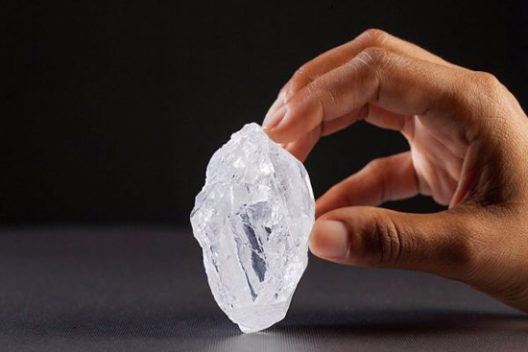
Lesedi La Rona
Lesedi La Rona is the second-largest gem-quality diamond ever found, after the Cullinan, discovered in 1905 in South Africa, which weighed 3,106.75 carats (621.350 g). It is the third-largest diamond ever found after the Cullinan and the larger, non-gem black Sergio. It was found in the Karowe mine in Botswana on 16 November 2015.
With its extraordinary limpidity and depth, this new rough is chemically the purest of all diamonds, part of a rare and much sought-after subgroup that includes less than two per cent of all gem diamonds.
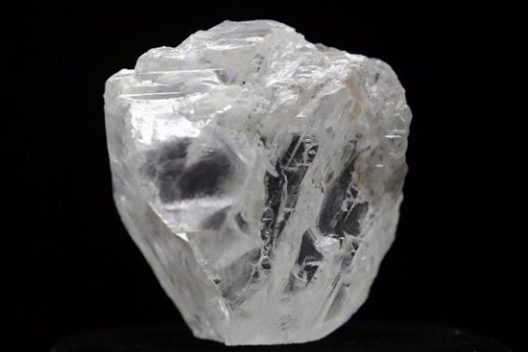
Lesedi La Rona
So it stands to reason that the Lesedi La Rona, will be a stand-alone sale with a standout estimate (in excess of $70 million), not to mention what Sotheby’s jewellery division chairman David Bennett calls “the find of a lifetime.”


